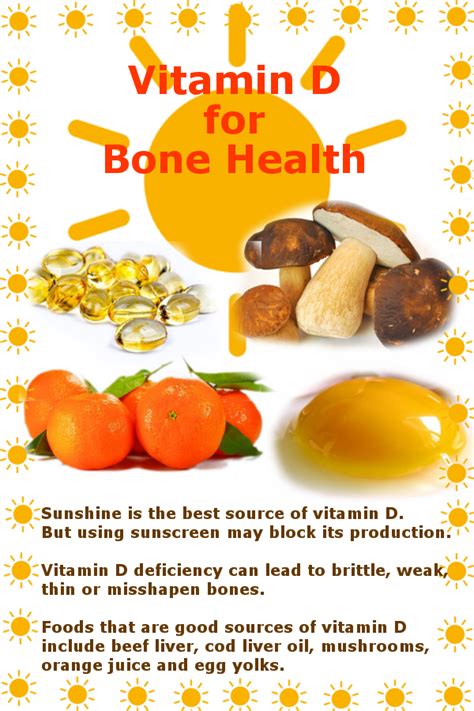How to Get Vitamin D: Sun, Supplements, and Diet
Vitamin D is crucial for bone health, immune function, and overall well-being. Many people don't get enough, leading to deficiency. This comprehensive guide explores the best ways to boost your Vitamin D levels naturally and safely.
Understanding Vitamin D Deficiency
Before diving into solutions, let's understand why Vitamin D deficiency is so common. Simply put, our bodies don't naturally produce large amounts of Vitamin D. We primarily obtain it through two main sources: sunlight and diet. However, factors like geographical location (less sunlight in northern latitudes), limited sun exposure (due to lifestyle or skin protection), and dietary choices can all contribute to low levels. Symptoms of deficiency can range from fatigue and bone pain to weakened immunity and mood changes. Identifying the root cause of your potential deficiency is the first step towards effective supplementation.
Top 3 Ways to Increase Vitamin D Levels
Here's a breakdown of the most effective strategies:
1. Sun Exposure: The Natural Way
Sunlight is the most efficient way to produce Vitamin D. Your skin synthesizes Vitamin D3 when exposed to UVB rays. However, it's crucial to practice safe sun exposure.
- Timing is key: Midday sun (between 10 am and 3 pm) provides the strongest UVB rays.
- Duration matters: The amount of time needed varies depending on your skin tone and geographic location. Start with short periods (5-10 minutes) and gradually increase exposure, always monitoring your skin.
- Protection is essential: Avoid sunburn! Use sunscreen with an SPF of 30 or higher if you're spending prolonged periods outdoors. Remember, sunscreen blocks UVB rays, limiting Vitamin D production. The goal is to get enough sun for Vitamin D synthesis without burning.
Important Note: Individuals with darker skin tones require longer sun exposure to produce the same amount of Vitamin D as those with lighter skin.
2. Dietary Choices: Foods Rich in Vitamin D
While sunlight is the primary source, certain foods are fortified with Vitamin D. Incorporating these into your diet can contribute to your overall intake.
- Fatty Fish: Salmon, tuna, mackerel, and sardines are excellent sources of Vitamin D.
- Egg Yolks: A good, albeit less potent, source of Vitamin D.
- Fortified Foods: Many dairy products (milk, yogurt), cereals, and orange juice are fortified with Vitamin D. Check the nutrition labels to ensure adequate Vitamin D content.
- Mushrooms: Certain mushroom varieties, particularly those exposed to UV light during cultivation, contain Vitamin D2.
Remember: Dietary intake alone may not be enough to meet your daily Vitamin D needs for many people.
3. Vitamin D Supplements: When Necessary
If you have a diagnosed Vitamin D deficiency or are unable to obtain sufficient levels through sun exposure and diet, your doctor may recommend supplements. Always consult your doctor before starting any supplement regimen.
- Vitamin D3 (Cholecalciferol): This is the form of Vitamin D your body produces naturally and is generally preferred in supplements.
- Dosage: Your doctor will determine the appropriate dosage based on your individual needs and blood levels.
Optimizing Your Vitamin D Intake: A Holistic Approach
Getting enough Vitamin D is a combination of several factors. Here’s how to create a personalized strategy:
- Regular Blood Tests: Talk to your doctor about getting your Vitamin D levels checked. This allows for personalized recommendations.
- Balanced Diet: A healthy diet rich in Vitamin D-containing foods, coupled with other essential nutrients, is crucial for overall health.
- Safe Sun Exposure: Enjoy the benefits of sunlight responsibly, prioritizing sun safety.
- Supplementation (if needed): Use supplements only under the guidance of your healthcare provider.
By following these guidelines, you can effectively increase your Vitamin D levels and improve your overall health and well-being. Remember, prevention is key, and monitoring your levels is a proactive approach to maintaining optimal health.
